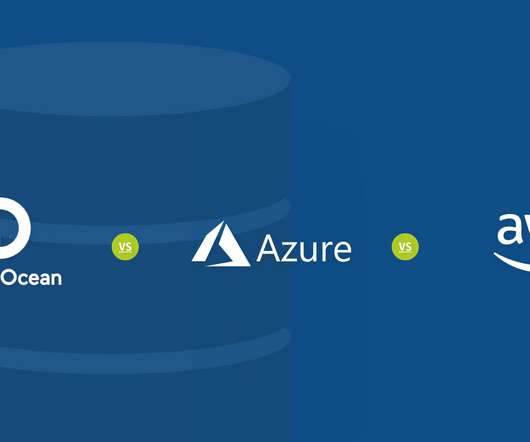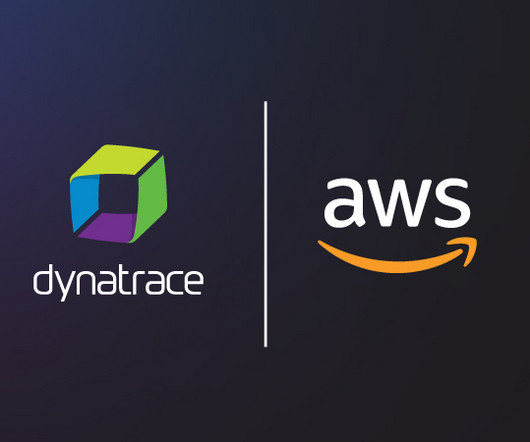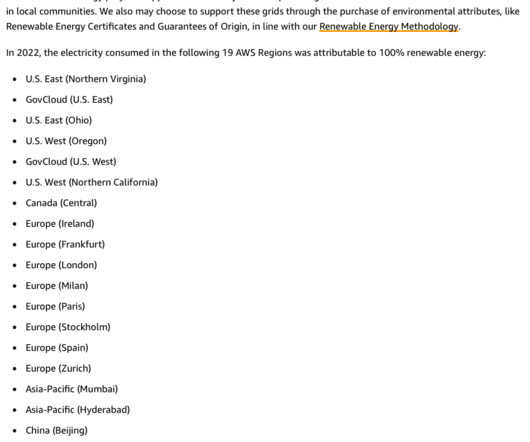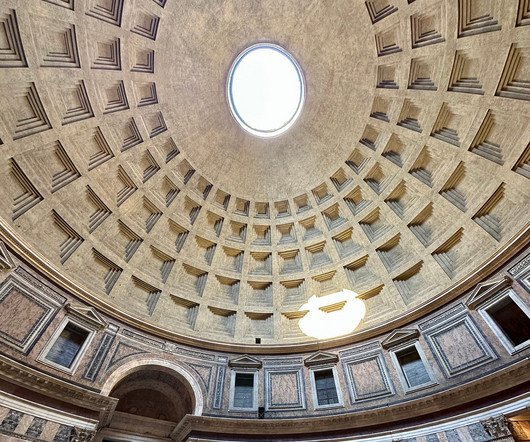Reducing Your Database Hosting Costs: DigitalOcean vs. AWS vs. Azure
Scalegrid
APRIL 28, 2020
In this article, we are going to compare three of the most popular cloud providers, AWS vs. Azure vs. DigitalOcean for their database hosting costs for MongoDB® database to help you decide which cloud is best for your business. We compare AWS vs. Azure vs. DigitalOcean using the below instance types: AWS.



















Let's personalize your content